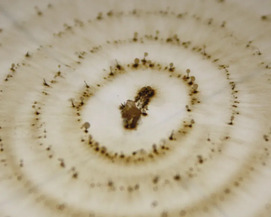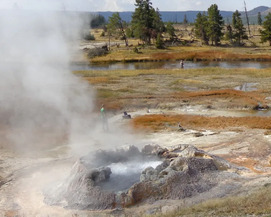Melted Rocks under the Microscope: Microstructures and Their Interpretation
Recognising the former presence of melt in rocks which have undergone cooling and exhumation over millions of years following regional metamorphism commonly relies on the correct interpretation of grain-scale structures visible only under the microscope. The evolution of these structures during prograde melting and, later, retrograde cooling can be understood using concepts derived from experimental simulation and materials science.
Melted Rocks under the Microscope: Microstructures and Their Interpretation Read More »



